AARP Hearing Center


Thanks to thinning, dull, damaged hair, women 50-plus are gobbling hair gummies and supplements like popcorn. That's because wanting healthier, lush-looking hair is a main issue for all of us, not just for those with baby-fine locks. The causes of problem hair? Any combination of triggers from health to hormones, heredity to heat-styling, diet to DNA, heat tools to heaps of products — the wrong ones. Getting the va-va-voom back takes strategy, not extensions. Here are 10 ways to plump, lift and glow your own locks for great hair days ahead:
1. Get the right style
Forcing your hair to look and behave a certain way is like making it wear a push-up bra and girdle! Why do that? Any hairstyle that requires serious manipulation or tension, extreme heat-styling or more than a few minutes each day to achieve is going to end up on the salon floor or down the drain. Keep your goals realistic and make the most of what you have. If you have straight, fine hair, aim for some volume not big bouncy waves. If you have curly hair, aim for smoother, more defined curls not a straight look. If it's flimsy and delicate, don't grow it long; focus on a shorter bob, lob or crop that suits fine hair.


2. Pay attention to your scalp
This is where it all starts or stops. If you don't have a healthy scalp, you can't have healthy hair. Flaking, excessive oiliness, dryness, itching, sensitivity or irritation at the scalp can lead to hair breakage, fallout and poor regrowth. Remember the hair shaft (the part we fondly call our hair) is basically dead, but the bulb of each shaft in the scalp is not. A gentle pre-shampoo scalp scrub like Pacifica Rosemary Detox Scalp Scrub ($8, target.com), Nexxus Clean & Pure Sulfate-Free Scalp Scrub ($16, target.com) or L'Oréal Paris EverPure Scalp Care+ Detox Scrub, Sulfate Free ($13, cvs.com) can help slough off dead cells and styling product buildup, soothe and hydrate. Follow through with a shampoo (see tip number 3) and DIY scalp massage to help stimulate circulation and increase blood flow at the roots for improved hair growth and quality.


3. Use a strengthening shampoo
Seriously, any shampoo will cleanse your hair and remove oil and product buildup and that alone does help add some body to your locks. But those labeled “thickening,” “densifying” or “volumizing” or that emphasize the hero ingredients protein, vitamin B5 (also known as panthenol) and/or biotin — like OGX Thick & Full + Biotin & Collagen Shampoo ($14, ulta.com), Viviscal Gorgeous Growth Densifying Shampoo ($9, target.com) or R+Co Dallas Biotin Thickening Shampoo ($29, amazon.com) — make hair really look more abundant. Here's how: Protein coats the outer layer or cuticle of each hair for a fuller look, vitamin B5 attracts moisture to swell the hair shaft from within and biotin helps rebuild keratin, a protein found naturally in the hair. If dandruff is an issue, you might try alternating a strengthening shampoo with one formulated for dandruff. In addition, avoid shampoos with sulfates (the three above are sulfate-free), which can leave hair limp, brittle and stripped of healthy natural oils, and shampoo every other day instead of using dry shampoos that leave residue on your scalp.





























































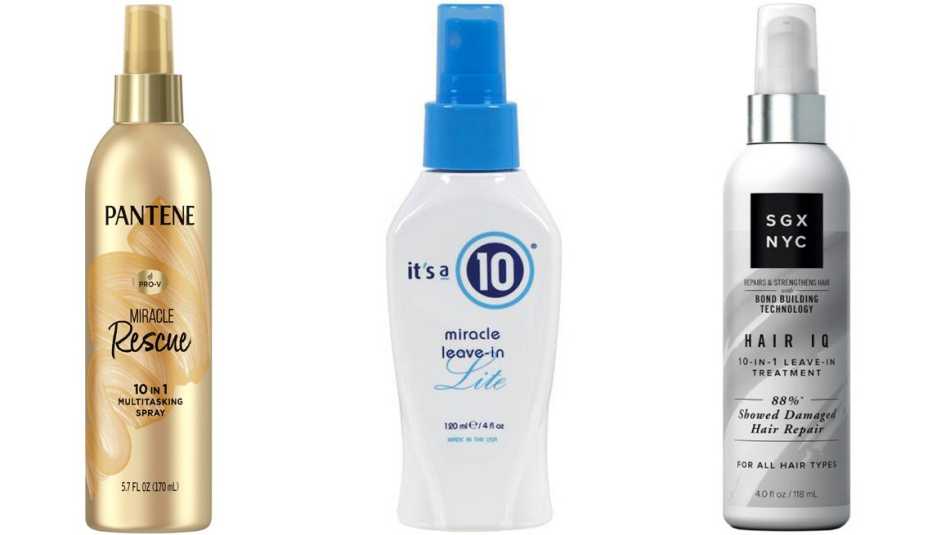

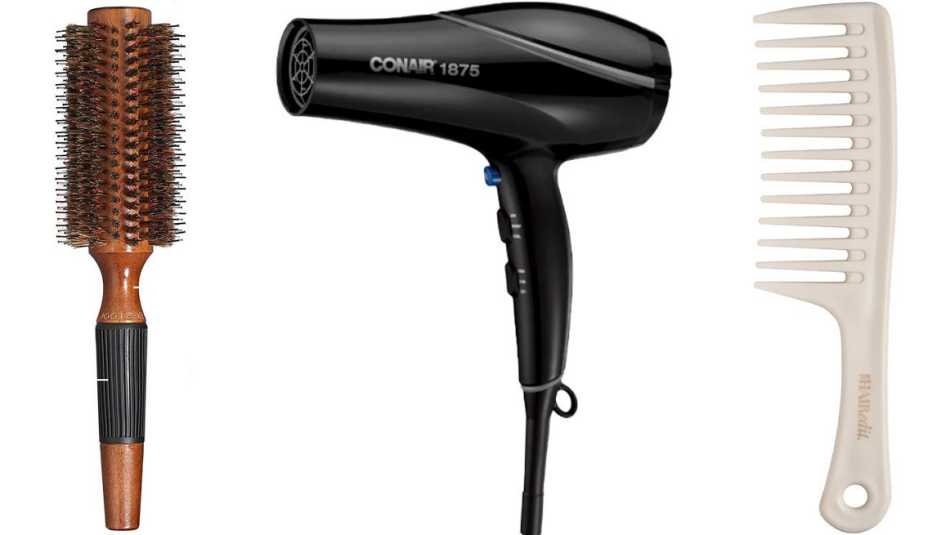

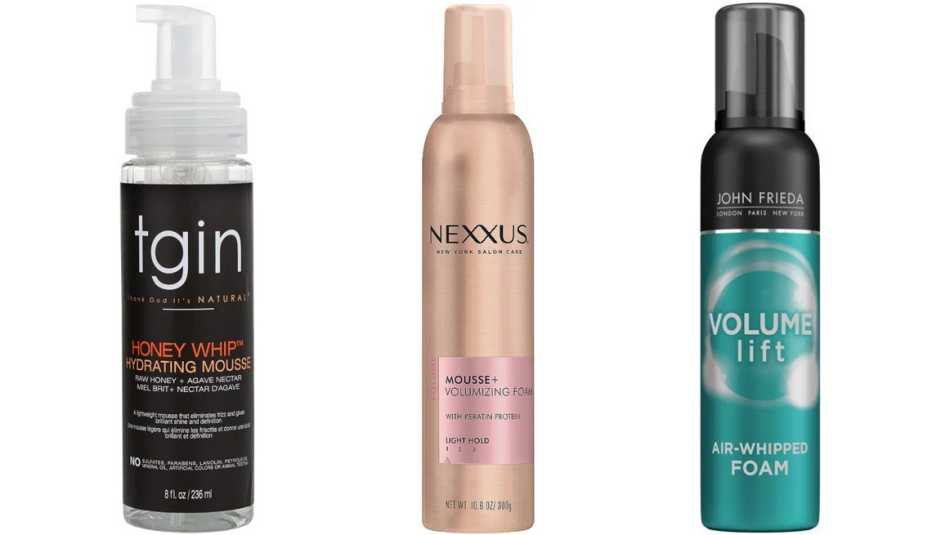
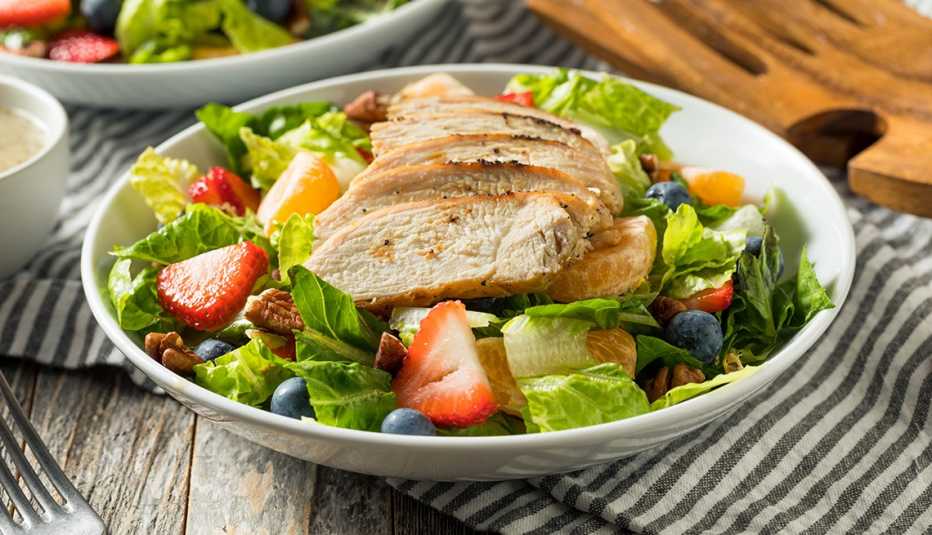
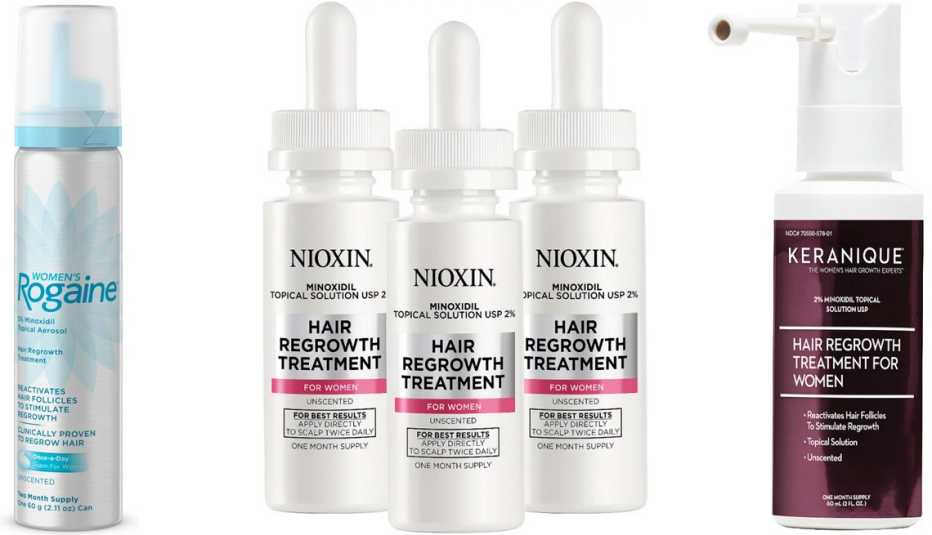
More on entertainment
7 Tips for African American Hair Care After Age 50
Your style can still flourish — all it takes is some extra TLC11 Best Ways to Be a Brunette or Redhead at 50+
Who says blondes should have all the fun?
11 Best Ways to Be a Blonde at 50+
Choose the right hue for your lifestyle and your wallet
Recommended for You